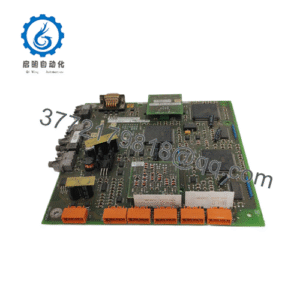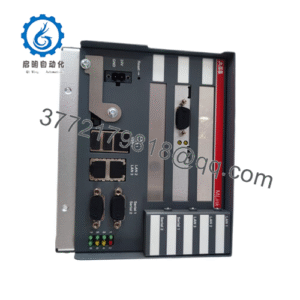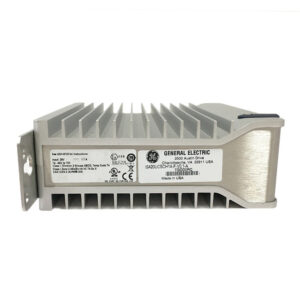Description
| Model | DSTA131 |
| Brand | ABB |
| Type | Advanced Industrial Timing & Synchronization Module |
| Internal Oscillator Accuracy | ±0.1 ppm over -40°C to +75°C |
| Supported Protocols | IEEE 1588 PTP (v2.1), NTPv4, SNTP, IRIG-B, PPS |
| Synchronization Inputs | 2 x GPS/GLONASS receivers, 1 x IRIG-B, 1 x 1PPS input |
| Timing Outputs | 6 x programmable pulse outputs, 3 x frequency references (1PPS, 10MHz, 1MHz) |
| Network Interfaces | 4 x 10/100/1000 Mbps Ethernet ports (PTP-aware) |
| Timekeeping Resolution | 100 picoseconds |
| Power Supply | 24V DC ±15% (dual redundant inputs) |
| Power Consumption | <10W |
| Operating Temperature Range | -40°C to +75°C (-40°F to +167°F) |
| Mounting Type | DIN rail (35mm) with vibration-resistant clips |
| Dimensions | 35mm x 130mm x 160mm (W x H x D) |
| Protection | Enhanced EMC immunity, 6kV surge protection, reverse polarity protection |
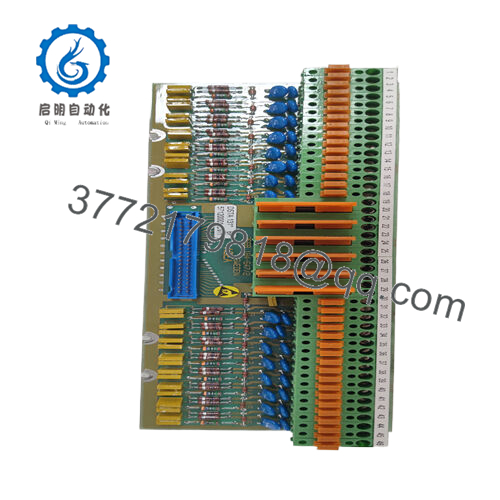
DSTA131
The DSTA131 is a next-generation industrial timing and synchronization module designed to serve as the precision timekeeper for complex, distributed automation systems. As an upgraded successor to previous timing modules, it retains core functionality while introducing enhanced capabilities to support the growing complexity of modern industrial networks. This module specializes in generating ultra-accurate timing signals, synchronizing diverse networked devices, and maintaining consistent time references across large-scale industrial installations.
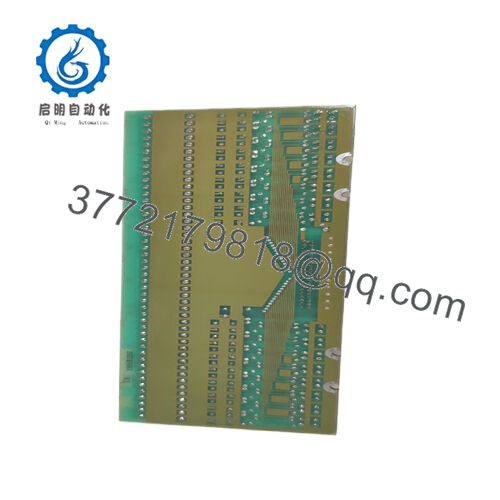
DSTA131
Engineered to integrate seamlessly with Industry 4.0 ecosystems, the DSTA131 supports the latest timing protocols and communication standards, ensuring compatibility with PLCs, DCS controllers, edge computing devices, and cloud-based monitoring platforms. Its design prioritizes microsecond-level precision, redundant synchronization paths, and intelligent diagnostic capabilities, making it suitable for mission-critical applications where timing integrity directly impacts productivity, quality, and safety. For system integrators and network engineers, the DSTA131 offers significant value through its expanded connectivity options, enhanced security features, and simplified integration with both legacy and modern automation components.
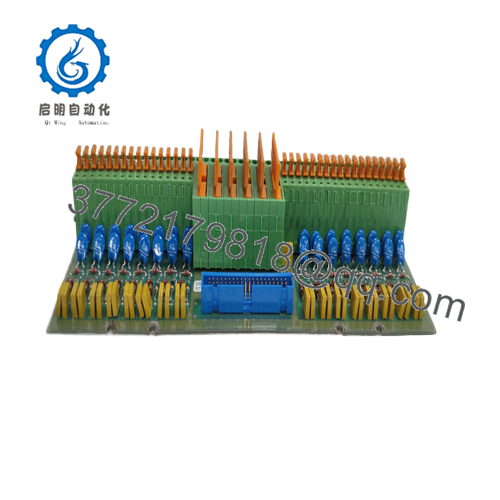
DSTA131
Main features and advantages:
The DSTA131 sets new standards for industrial timing with its exceptional precision, featuring a high-stability atomic oscillator that maintains accuracy within ±0.1 ppm (parts per million) over its operating temperature range—ten times more precise than its predecessor. This level of accuracy ensures that even across large distributed systems, clock drift remains negligible, preventing the cumulative timing errors that can degrade process synchronization over time. The module supports the latest timing protocols including IEEE 1588 PTP (v2.1) with hardware timestamping, ensuring sub-microsecond synchronization across Ethernet networks.
Connectivity is a key strength of the DSTA131, offering expanded input/output options including 6 programmable timing outputs, dual redundant GPS/GLONASS receivers, and support for both wired (IRIG-B, 1PPS) and wireless (LTE-M) synchronization sources. This flexibility allows it to serve as a primary time reference or integrate into existing timing architectures, providing redundancy for mission-critical applications. The module incorporates advanced time-aware networking capabilities, enabling it to prioritize timing traffic and maintain synchronization even in congested network environments.
Hardware highlights include a ruggedized design with an extended operating temperature range of -40°C to +75°C, ensuring reliable performance in extreme industrial environments. The DSTA131 features enhanced electromagnetic compatibility (EMC) protection and surge immunity, making it resistant to electrical noise in high-power industrial settings. It also includes comprehensive security features such as secure boot, encrypted time distribution, and intrusion detection, protecting critical timing infrastructure from cyber threats. Advanced diagnostic functions provide real-time monitoring of synchronization status, oscillator health, and network performance, enabling predictive maintenance and rapid troubleshooting.
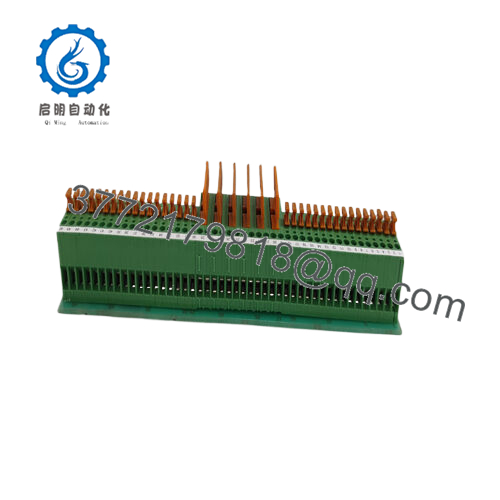
DSTA131
Application areas:
In the era of smart manufacturing and industrial internet of things (IIoT), where microsecond-level synchronization can mean the difference between optimal efficiency and costly downtime, advanced timing modules have become indispensable. Modern industrial systems—from high-speed packaging lines to distributed energy grids—require synchronization solutions that can handle increased data volumes, support emerging protocols, and deliver unmatched precision across expansive networks. This is where the DSTA131 excels, building on proven timing technology to meet the demands of next-generation industrial automation.
The DSTA131is ideally suited for semiconductor manufacturing facilities, where it synchronizes precision robotics, metrology tools, and inspection systems to ensure nanoscale production accuracy. In smart grid applications, it coordinates data from thousands of smart meters, phasor measurement units, and grid controllers, enabling real-time grid stability management. Large-scale logistics centers rely on it to synchronize conveyor systems, automated storage retrieval machines, and inventory tracking systems, optimizing material flow and reducing bottlenecks. By addressing challenges like ultra-low latency requirements, multi-protocol network integration, and enhanced cybersecurity for time-sensitive data, the DSTA131 delivers the advanced synchronization foundation needed for the most demanding industrial environments.
Related products:
DSDX452 – Advanced communication gateway that works with the DSTA131 to distribute PTP-synchronized timing across enterprise-wide industrial networks.
DSPC170 – Process control module that utilizes microsecond timing signals from the DSTA131 for coordinated multi-loop process control.
DSLOG200 – High-speed data logger that integrates with the DSTA131 to capture time-stamped process data with nanosecond precision.
DSPS24-8 – Redundant power supply unit optimized to provide uninterrupted power to the DSTA131 in mission-critical systems.
DSHMI200 – Advanced HMI panel that displays real-time synchronization status and timing metrics from the DSTA131.
DSCOMM400 – 5G-enabled communication module that extends the DSTA131’s synchronization capabilities to remote field devices.
DSTEST200 – Precision calibration tool specifically designed to verify the sub-microsecond accuracy of the DSTA131.
DSALM200 – Advanced alarm management system that receives time-stamped alerts from the DSTA131 for synchronization fault analysis.
Installation and maintenance:
Before installing the DSTA131, ensure the mounting location provides an unobstructed view of the sky for GPS reception, with antenna cabling routed away from high-voltage lines to minimize interference. Maintain at least 30mm of clearance above and below the module to ensure proper heat dissipation, as stable operating temperatures are critical for oscillator performance.
When wiring the DSTA131, use shielded, twisted-pair cables for all synchronization inputs and outputs, with cable shields grounded at both ends to maintain signal integrity. Connect both redundant power inputs to separate 24V DC supplies to ensure continuous operation during power interruptions. For network connections, use Cat6a or higher Ethernet cables to support PTP’s high-precision timing requirements. Configure synchronization priorities during setup, establishing primary (GPS), secondary (network PTP), and tertiary (internal oscillator) references to maintain timing integrity through diverse fault scenarios.
For maintenance of the DSTA131, utilize the module’s built-in diagnostic tools to perform weekly checks of synchronization status, including offset measurements from reference sources. Conduct quarterly inspections of antenna connections and cabling to ensure they remain secure and free from environmental damage. Calibrate the internal oscillator annually using traceable timing standards to maintain the ±0.1 ppm accuracy specification, especially in environments with significant temperature cycling.
Schedule firmware updates during planned maintenance windows, leveraging the module’s dual-image capability to enable fail-safe updates without timing interruptions. Before updating, back up configuration settings and verify compatibility with connected devices. Maintain detailed records of synchronization performance metrics, including long-term drift analysis, to establish a baseline for predictive maintenance.
Other ABB product models:
ABB FI830F
ABB FI840F
ABB FPR3203526R1002A
ABB FPR3600227R1202-J 07KR31
ABB FS300R12KE3/AGDR-72C
ABB FS450R12KE3/AGDR-71C
ABB FSA80
ABB G2000A5.7ST
ABB GCC960C102 3BHE033067R0102
ABB GDB021BE HIEE410455P104
ABB GDB021BE01 HIEE300766R0001
ABB GDC801B 3BHE051592R0101
ABB GDC801B102 3BHE051592R0102
ABB GFD233A 3BHE022294R0101
ABB GFD563A102 3BHE046836R0102
ABB GFD563A102 3BHE046836R0102
ABB GFD563A102 3BHE046836R0102
ABB GFD563A102 3BHE046836R0102
ABB GFD563A102 3BHE046836R0102
ABB GJR5252300R0101 07AC91
ABB GJR5252300R3101 07AC91
ABB GJR5252300R3101 07AC91
ABB GJR5253100R0270 07KT98
ABB GLBS200516R
ABB GMKP2800-32IBY
ABB GNT0104500R0002
ABB GRBTU 3BSE013175R1
ABB GVC750BE101 3BHE009681R0101 GVC750BE101 3BHE013088R001 5SHY3545L0010
ABB HAI805
ABB HBFFAEAGNBA1BAA11G
ABB HBS01-EPD
ABB HBS01-EPD
ABB HC800
ABB HESG112548R12
ABB HESG324430R11/B 216GD61A
ABB HESG324442R0112
ABB HESG447419R0001 70EA05a-E
ABB HIEE205011R0002(UNS3670A)
ABB HIEE205014R0001 UNC4673A, V1
ABB HIEE205014R1 HI220856-312/20 UNC4673AV1
ABB HIEE300698R0001(KUC321AE)
ABB HIEE300888R0002 UAC389AE02

 WhatsApp: +86 16626708626
WhatsApp: +86 16626708626 Email:
Email:  Phone: +86 16626708626
Phone: +86 16626708626
